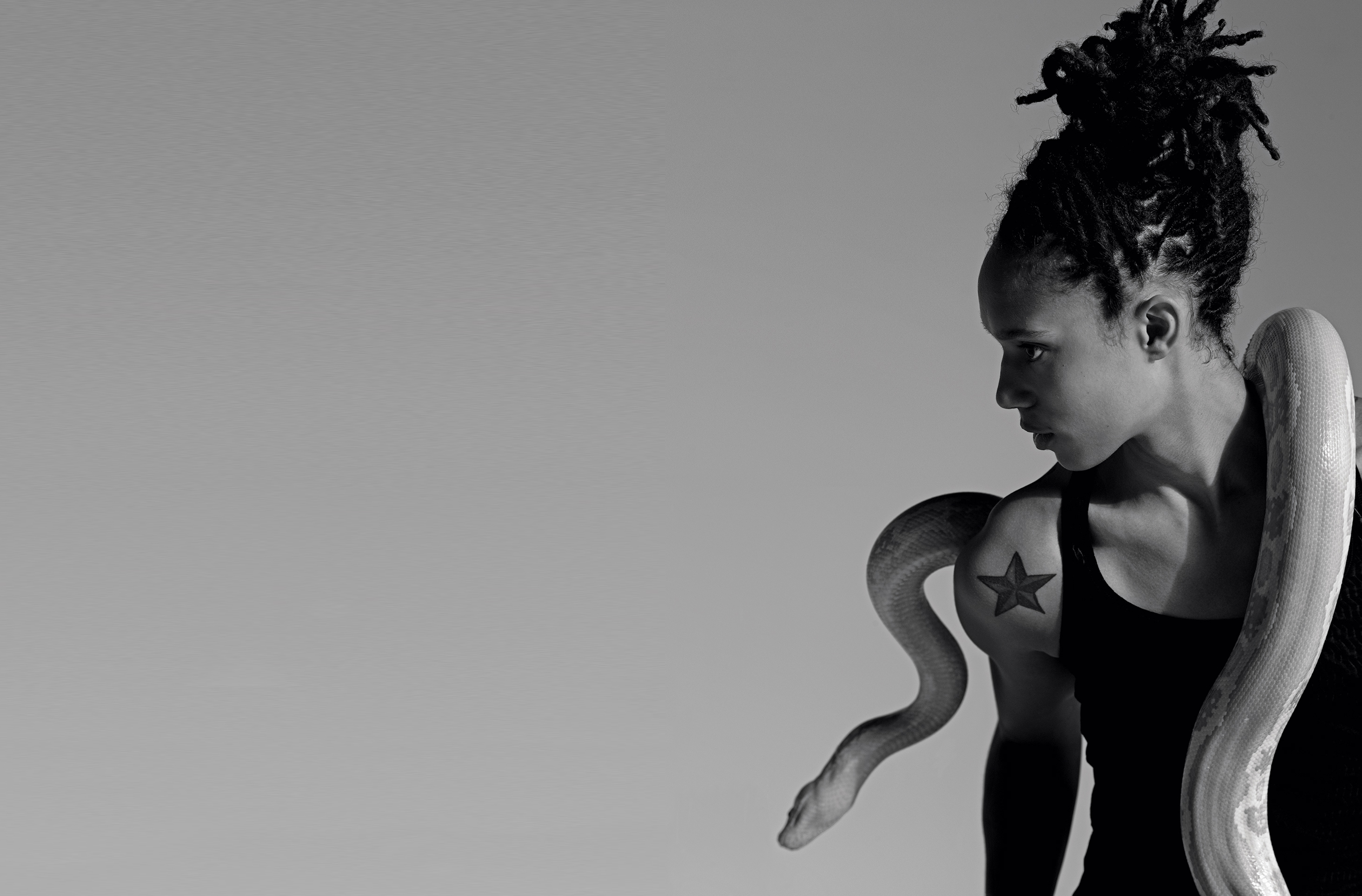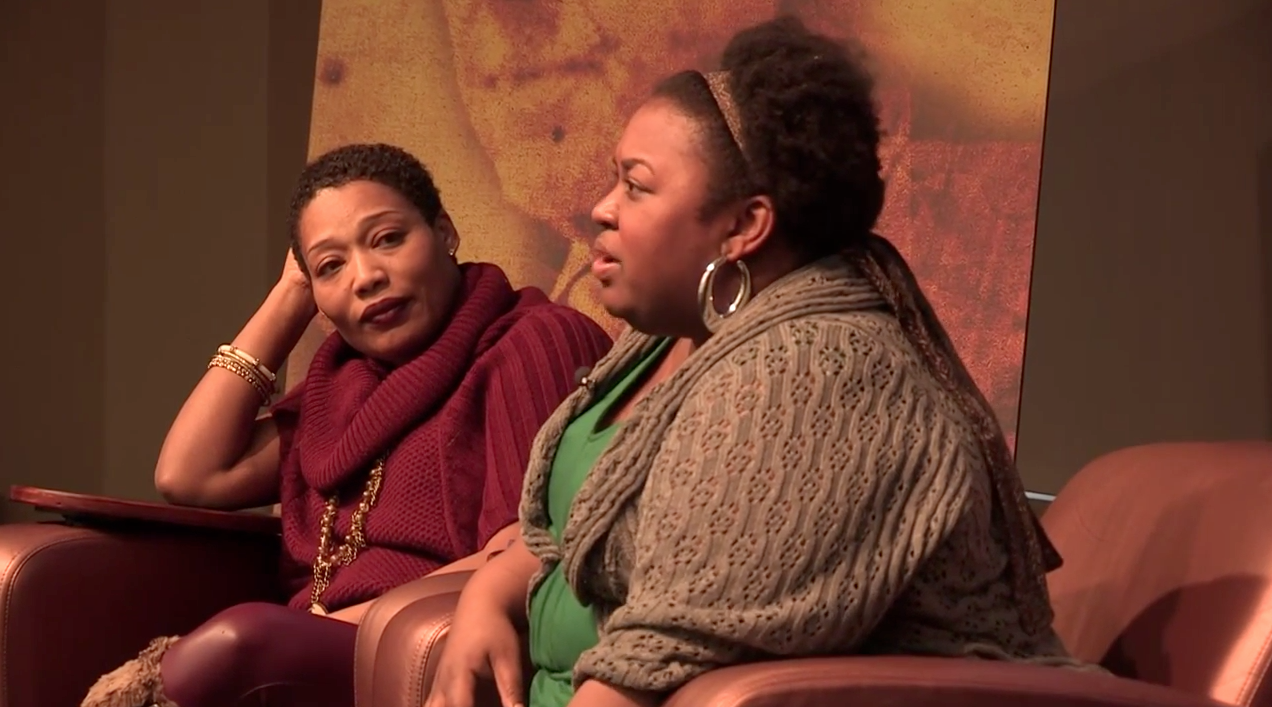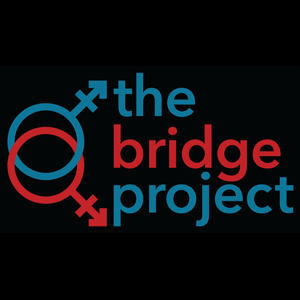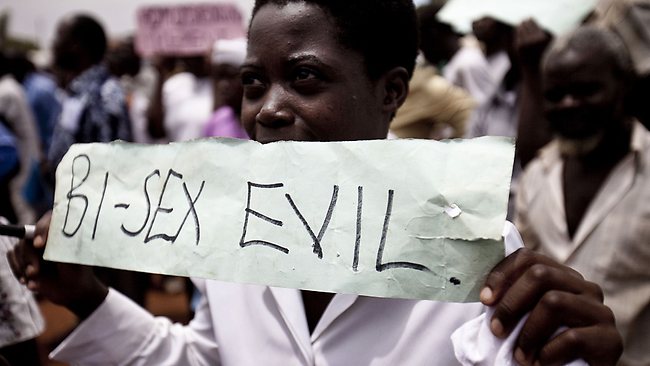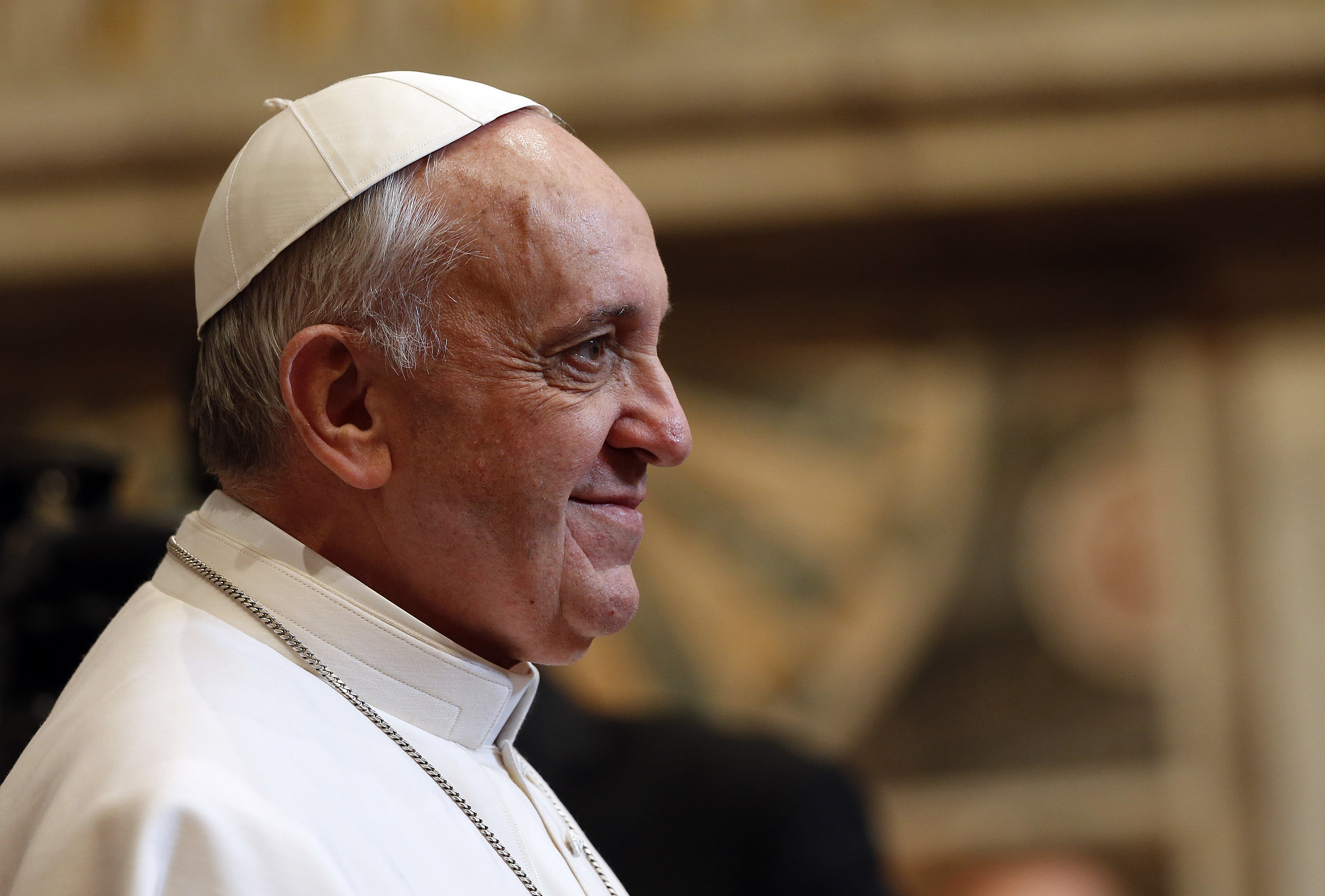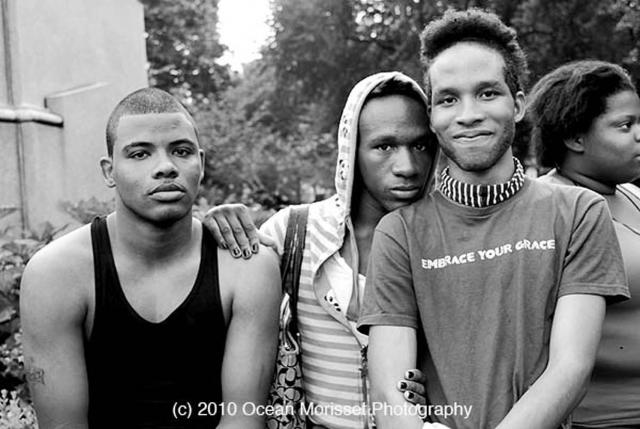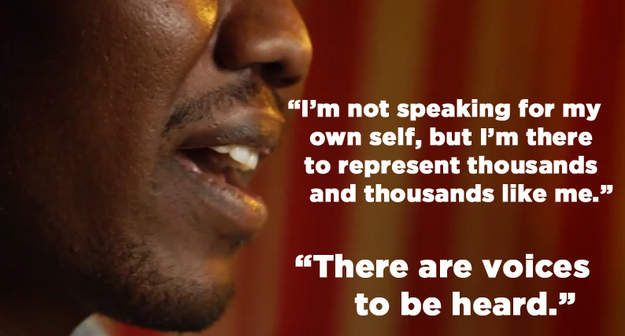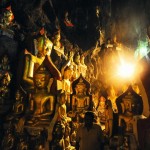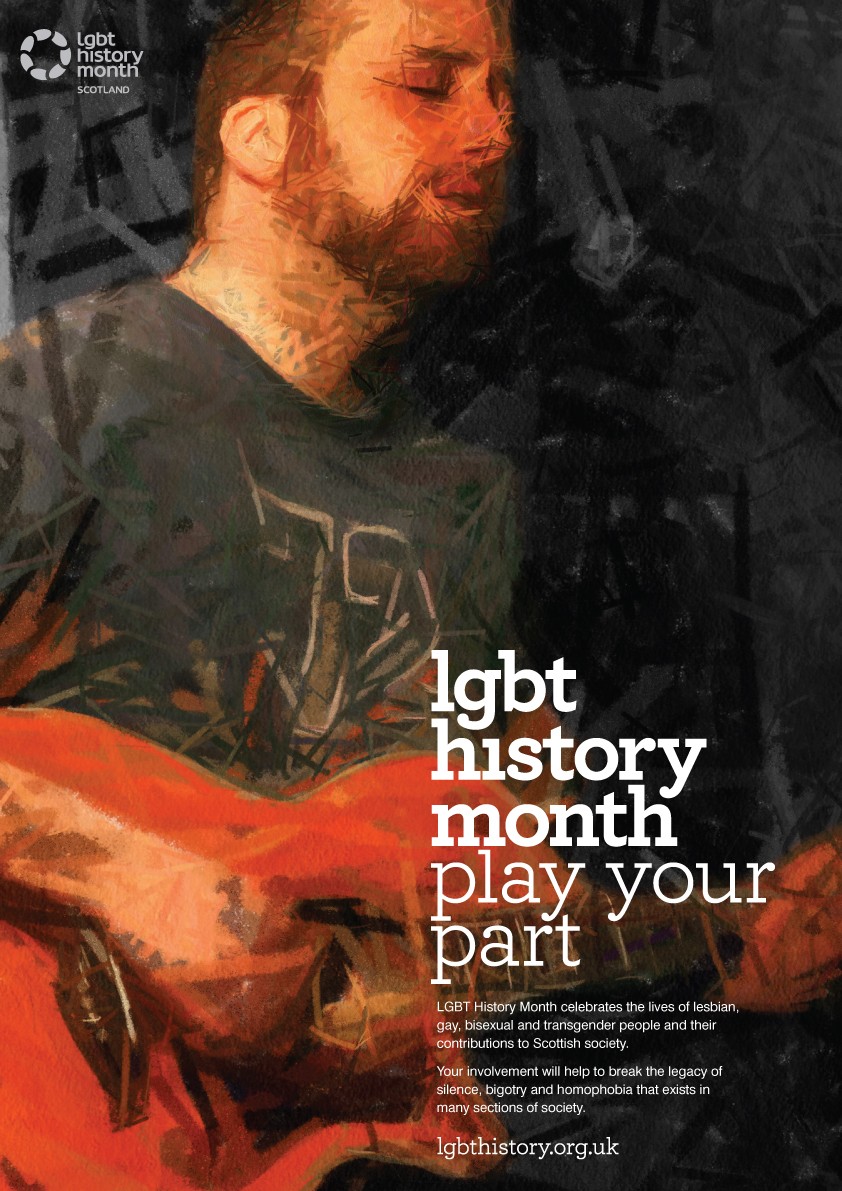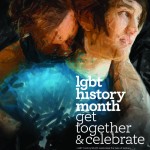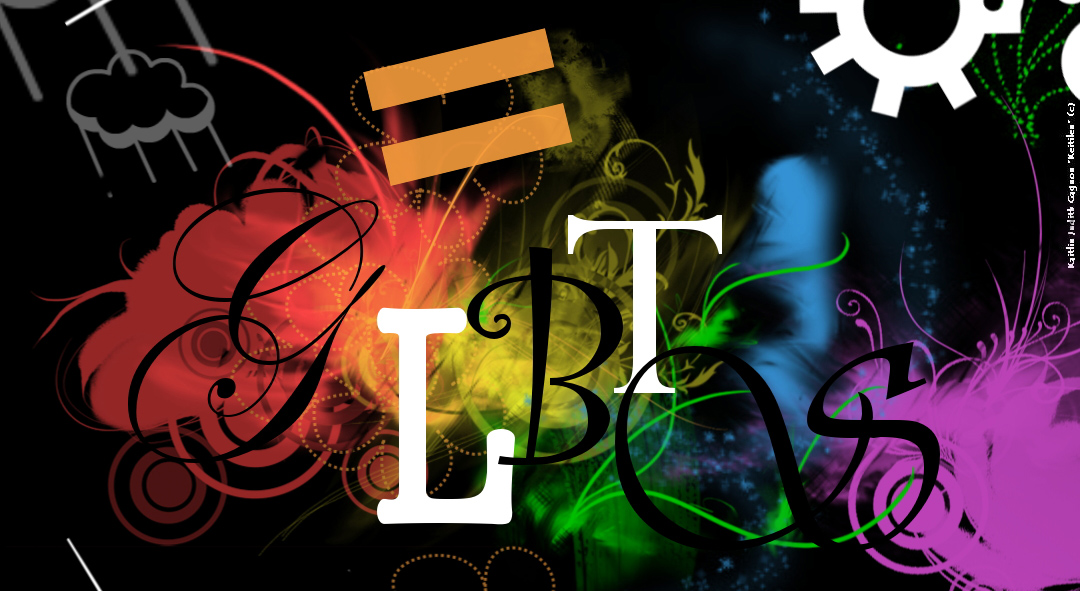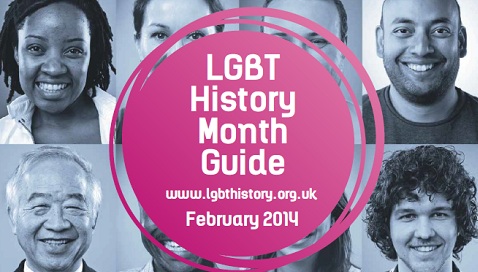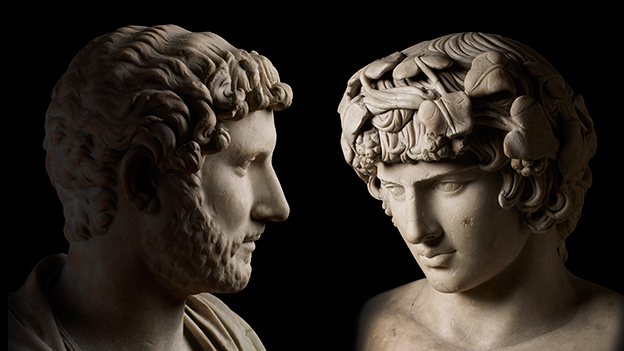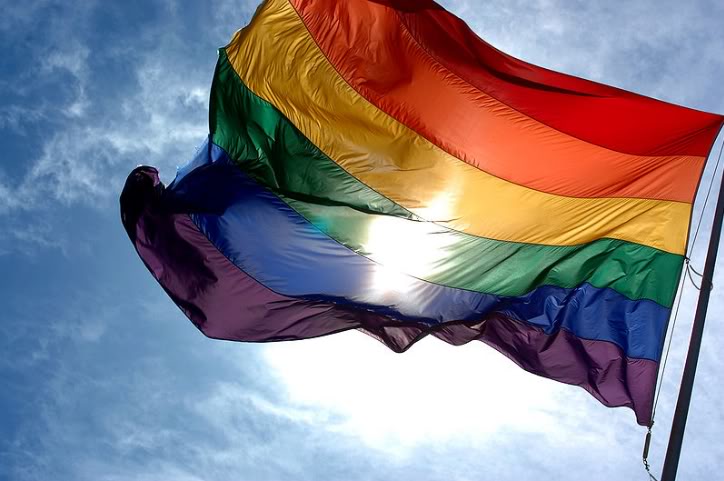Here’s a list of seven openly gay women behind some of the most crucial milestones in the LGBT sports world. These women have helped challenge this sexist double standard, and show that both genders have made equal progress for LGBT rights in sports.
Billie Jean King – Tennis, USA
In 1981, the tennis star Billie Jean King became the most prominent openly gay female athlete upon revealing her relationship with her secretary, Marilyn Barnett. Unfortunately, King was unable to come out on her own terms, as a palimony lawsuit filed by Barnett brought their relationship into the public eye. However, King is now an icon in LGBT community, recently selected by President Obama to serve on the U.S. delegation to the Olympics.
Martina Navratilova – Tennis, USA
Shorty after the outing of her on-court rival Billie Jean King, Martina Navratilova followed King’s suit by revealing her sexual orientation in a column in the Dallas Morning News. Unlike King, Martina came out on her own terms, setting a precedent for many LGBT athletes to come.
Patty Sheehan – Golf, USA
Patty Sheehan is one of the most successful female golfers of all time, winning the LPGA tour on 35 occasions, including six major victories. Her golfing prowess earned her a spot in the Golf Hall of Fame, and her decision to become one of the first female golfers to come out as gay has made her an influential spokeswoman for lesbian athletes.
Sheryl Swoops – Basketball, USA
When WNBA star Sheryl Swoops became one of the first African-American female athletes to come out as gay in 2005, she was arguably the most famous athlete ever to do so in American professional sports. Swoops is a three-time WNBA MVP, one of the league’s founding players and perhaps its greatest talent. She is currently the head women’s basketball coach at Loyola University in Chicago.
Brittany Griner – Basketball, USA
The most recent openly gay female athlete in the sports world is current WNBA center Brittany Griner. Griner was perhaps the greatest female college basketball player of all time at Baylor University, where she gained notoriety from her dominant statistics and her rare ability to dunk in the women’s game. In the interview in which she publicly came out, Griner detailed the bullying she endured growing up because of her sexual orientation. She is now one of the leading advocates of anti-bullying in schools, especially when directed at the LGBT community.
Megan Rapinoe – Footbal, USA
Megan Rapinoe gained her first foray into the public spotlight following her stellar performance as a midfielder on the U.S Women’s National Footbal Team silver medal effort at the 2011 World Cup. Following the tournament, Rapinoe revealed her relationship with a fellow female soccer player to Out magazine. Her courage and advocacy for gay rights earned her a board of directors award from the Los Angeles Gay and Lesbian Center in 2012.
Leigh-Ann Naidoo – Volleyball, South African
Naidoo was a member of the South African women’s volleyball team in the 2004 summer Olympic games. Though not a household name, Naidoo became the first African ambassador to the Gay Games, a landmark achievement for a continent not known for its progressive attitudes about gay rights.
